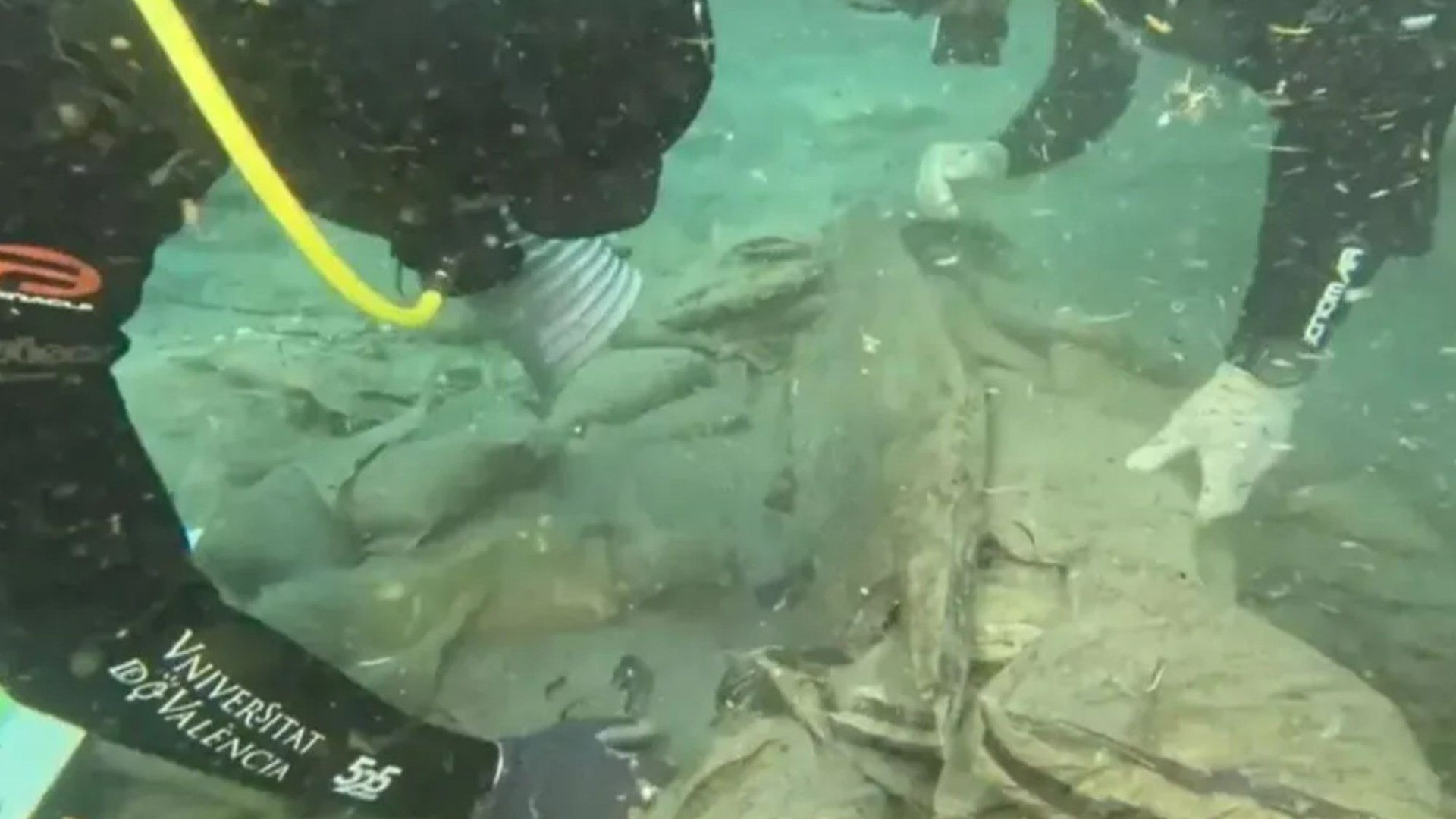Ancient Shipwreck Unearthed Off Spain’s Coast

A remarkable discovery has emerged from the depths of the Mediterranean Sea. Archaeologists have successfully salvaged the Mazarrón II shipwreck, a vessel dating back 2,600 years. This significant find offers a rare glimpse into the ancient civilization of the Phoenicians, who thrived along the eastern Mediterranean coast. The shipwreck was first discovered in 1994 off the southeastern coast of Spain, near the town of Mazarrón. After decades of waiting, experts have finally brought this historical artifact to the surface, promising to unlock secrets about a long-lost culture.
The Phoenicians: A Lost Civilization
The Phoenicians were a seafaring people who established trade networks across the Mediterranean from around 1500 to 300 BCE. Their civilization spanned what is now Lebanon, Syria, and parts of Israel. Known for their advanced maritime skills, the Phoenicians played a crucial role in the development of trade and commerce in the ancient world. They are also credited with creating one of the earliest alphabets, which influenced later writing systems in Greece and Rome.
The Mazarrón II shipwreck is particularly significant because it is one of the few remaining vessels from this era. Carlos de Juan, the director of the excavation project, emphasized the importance of this find. He noted that the ship is remarkably well-preserved, allowing researchers to study its construction and design. The ship measures 8.10 meters in length and 2.25 meters at its widest point. Its preservation offers a unique opportunity to learn about Phoenician naval architecture, a subject that has been largely overlooked in historical studies.
De Juan explained that while there is substantial knowledge about Greek shipbuilding, information about Phoenician vessels is scarce. The Mazarrón II wreck could provide valuable insights into the shipbuilding techniques and materials used by the Phoenicians. This discovery may help historians piece together the maritime history of the Western Mediterranean, shedding light on a civilization that has long been considered enigmatic.
A Delicate Salvage Operation
The excavation of the Mazarrón II shipwreck was a meticulous process that required careful planning and execution. The project was a collaboration between the University of Valencia and Spain’s Culture Ministry in Murcia. A team of 14 experts worked tirelessly for nearly two months, from September 13 to November 7, to recover the wreck. Divers disassembled the ship underwater, carefully transporting its 22 pieces to the surface.
The delicate nature of the ship’s condition posed significant challenges. De Juan described the ship as having the consistency of a cake, meaning it could easily crumble if not handled correctly. To ensure safe transportation, custom supports were created for each fragment, matching the shape of the pieces. This meticulous approach was essential to preserve the integrity of the wreck during the salvage operation.
Now that the ship has been successfully recovered, the next phase of the project involves restoration and preservation. The fragments have been sent to the National Museum of Underwater Archaeology, where experts will work to restore and study them. This process is expected to take several years, as the team aims to ensure that this priceless historical artifact is preserved for future generations. The Mazarrón II shipwreck not only enriches our understanding of the Phoenicians but also serves as a testament to the enduring legacy of ancient maritime cultures.
